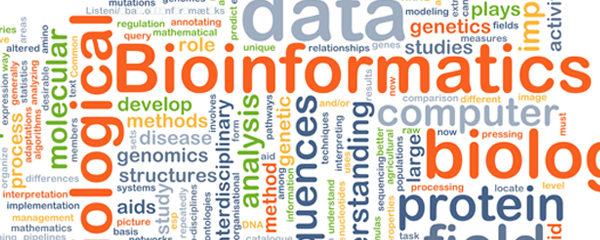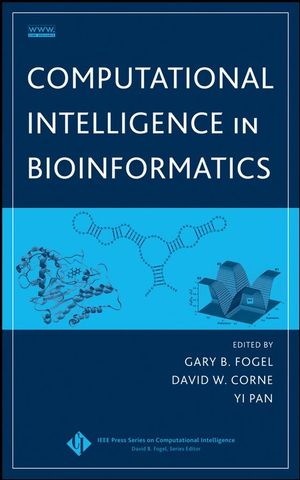Sarcopenia is not considered a disease, rather a collection of conditions that lead to progressive functional deficit (Peterson and Gordon, 2011). It is characterised by age-related changes in skeletal muscle in the form of: 1) reduction of muscular protein mass and CSA; 2) fat and connective tissue infiltration (Hollman et al., 2007). It can be defined as a pathological loss of muscle mass of more than two SDs below the mean skeletal mass index (SMI) of young adults, with its prevalence accelerating particularly sharply in very old populations.

The prevalence of Sarcopenia may even be as high as 50% of populations over 80 years old (Zembroń-Lacny et al., 2014), although this is hard to determine as there are currently no standardized diagnostic criteria (Burton & Sumukadas, 2010). Sarcopenic individuals have also been shown to display greater incidences of obesity (Evans and Campbell, 1993), osteoporosis (Ferruci et al., 2002), insulin resistance (Boden et al., 1993) and arthritis (Roubenoff, 2000).
The underlying mechanisms of sarcopenia are still poorly understood, although it appears to be a multifactorial etiology as outlined (Beas-Jimenez et al., 2011). Sarcopenic muscle is characterized by muscle fibre atrophy; decreased muscle fibre number; increased heterogeneity of fibre size; increased Type I to Type II fibre ratio; increased grouping of fibre types; increased prevalence of mixed muscle „hybrid‟ fibres (expressing slow and fast isoforms of myosin heavy chain); presence of centralised myonuclei; and infiltration of nonmuscle cells such as adipocytes (Tintignac et al., 2015).



